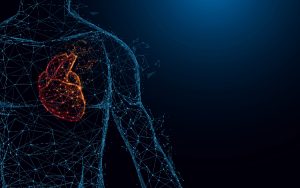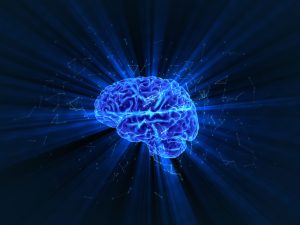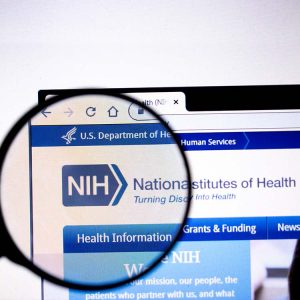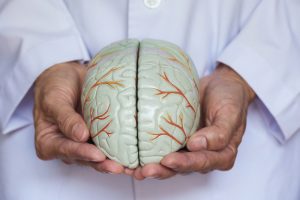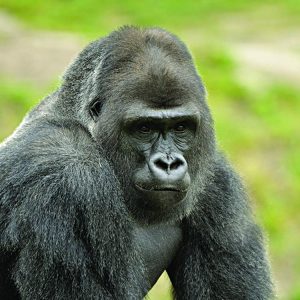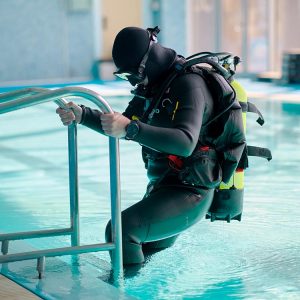*Note: Salimetrics provides this information for research use only (RUO). Information is not provided to promote off-label use of medical devices. Please consult the full-text article.
Salivary Uric Acid Reactivity Linked to Cardiovascular and Metabolic Risk in Black and Latinx Populations
Black and Latinx Americans are at disproportionate risk for cardiovascular disease (CVD) and metabolic syndrome. A well-documented pathway to these adverse health outcomes is…
Salivary Cortisol Responses to Daily Stressors Based on Early Life Adversity
Studies examining the impact of early adversity on physiological responsivity to environmental challenges in later life yield a complex pattern of findings and ambiguity regarding the direction of effect, with some studies reporting heightened…
Cortisol to assess correlation between stress and popularity in Hadza men
In recent years there has been much research regarding the extent to which social status is related to long-term indices of health. The majority of studies looking at the interplay between social status and health have been conducted in…
Analysis of Salivary Microbiome in Caregiver-Child Dyads to explore the effects of Environmental Tobacco Smoke Exposure on Oral and Systemic Health
Human oral microbial communities are diverse, with implications for oral and systemic health. Oral microbial communities change over time; thus, it is important to understand how healthy versus …
Gray Matter Volume Reduction and Raised Salivary Testosterone to Cortisol Ratio Related to Blast-Induced Neurotrauma
Blast-induced neurotrauma (BINT) frequently occurs during military training and deployment and has been linked to long-term neuropsychological and neurocognitive changes, and changes in brain…
New Funding Opportunities on Salivary Components for Oral Health Released by the National Institute of Dental and Craniofacial Research
These funding opportunities encourage interdisciplinary research that harnesses the functional components of saliva towards…
Salivary alpha-amylase and cortisol association with Traumatic Brain Injury adjustment
Traumatic injury is linked increasingly to alterations in both stress response systems and psychological health. We investigated reactivity of salivary analytes of…
Environmental tobacco smoke exposure is associated with increased levels of metals in children’s saliva
Exposure to environmental tobacco smoke (ETS) has been associated with detectable levels of cotinine (a nicotine metabolite) in children’s saliva. However, tobacco…
Salivary Cortisol Awakening Response in Explosive Ordnance Disposal Technicians
Amassing evidence suggests that post-awakening salivary cortisol rhythms (changes in cortisol throughout the day) may indicate health status. We previously established summary parameters for…
Salivary Cortisol and Salivary Alpha-Amylase measured to assess racial discrimination and the stress response
Perceived racial discrimination has been associated with the autonomic nervous system (ANS) and hypothalamic-pituitary-adrenal (HPA) axis activities-two major…
The Emerging Field of Salivary Bioscience
Salivary bioscience is noteworthy in its history, as well as in the breadth and scope of its impact. The minimally invasive nature of sampling oral fluid allows for evaluation of individual and intra-individual change in…
Exploring Salivary Cortisol Patterns in Zoo-Housed Apes: A tool for welfare assessment
Monitoring changes in cortisol levels is a widespread tool for measuring individuals’ stress responses. However, an acute increase in cortisol levels does not necessarily denote an individual in…
Salivary Cortisol and sAA reactivity to TSST differs in Cannabis users and non-users
To advance our understanding of the health-related consequences of chronic cannabis use, this study examined hypothalamic-pituitary-adrenal (HPA) axis and sympathetic nervous system (SNS) reactivity and regulation in…
Salivary cortisol and oxytocin related to reduced youth anxiety through novel interventions, such as equine-assisted adaptive riding program
Reining in Anxiety (RiA) is a therapeutic program for youth with mild to moderate anxiety delivered in a therapeutic riding setting by Certified Therapeutic Riding Instructors. RiA was developed after a review of the evidence base for…
Salivary osteocalcin, cortisol, alpha-amylase, testosterone, and DHEA were assayed to assess the influence of acute stress during cold water dive training
Cold water exposure poses a unique physiological challenge to the human body. Normally, water submersion increases activation of parasympathetic tone to induce bradycardia in…
 Contact: Salimetrics (USA)
Contact: Salimetrics (USA)
